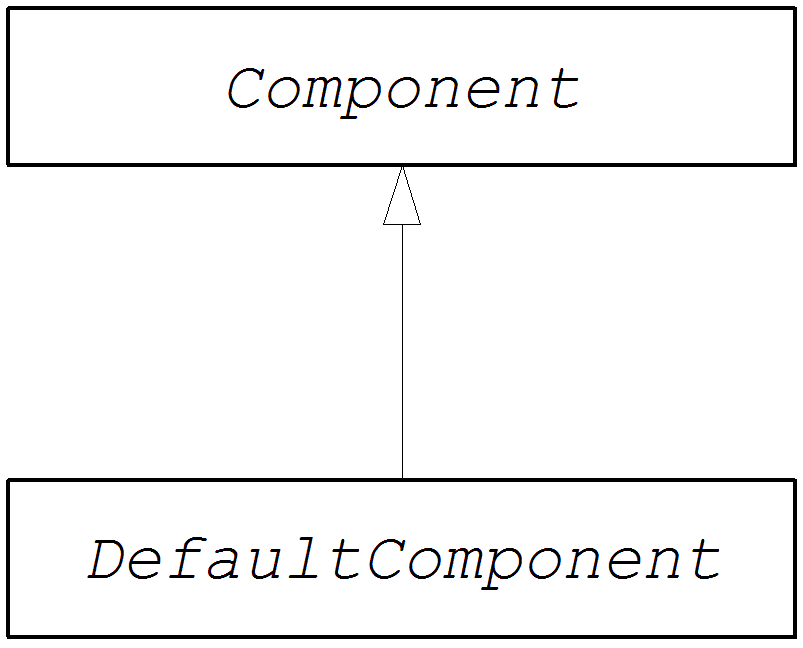Fuse 6 is no longer supported
As of February 2025, Red Hat Fuse 6 is no longer supported. If you are using Fuse 6, please upgrade to Red Hat build of Apache Camel.이 콘텐츠는 선택한 언어로 제공되지 않습니다.
Chapter 45. Component Interface
Abstract
This chapter describes how to implement the
Component interface.
45.1. The Component Interface
링크 복사링크가 클립보드에 복사되었습니다!
Overview
링크 복사링크가 클립보드에 복사되었습니다!
To implement a Apache Camel component, you must implement the
org.apache.camel.Component interface. An instance of Component type provides the entry point into a custom component. That is, all of the other objects in a component are ultimately accessible through the Component instance. Figure 45.1, “Component Inheritance Hierarchy” shows the relevant Java interfaces and classes that make up the Component inheritance hierarchy.
Figure 45.1. Component Inheritance Hierarchy
The Component interface
링크 복사링크가 클립보드에 복사되었습니다!
Example 45.1, “Component Interface” shows the definition of the
org.apache.camel.Component interface.
Example 45.1. Component Interface
Component methods
링크 복사링크가 클립보드에 복사되었습니다!
The
Component interface defines the following methods:
getCamelContext()andsetCamelContext()—References theCamelContextto which thisComponentbelongs. ThesetCamelContext()method is automatically called when you add the component to aCamelContext.createEndpoint()—The factory method that gets called to createEndpointinstances for this component. Theuriparameter is the endpoint URI, which contains the details required to create the endpoint.
